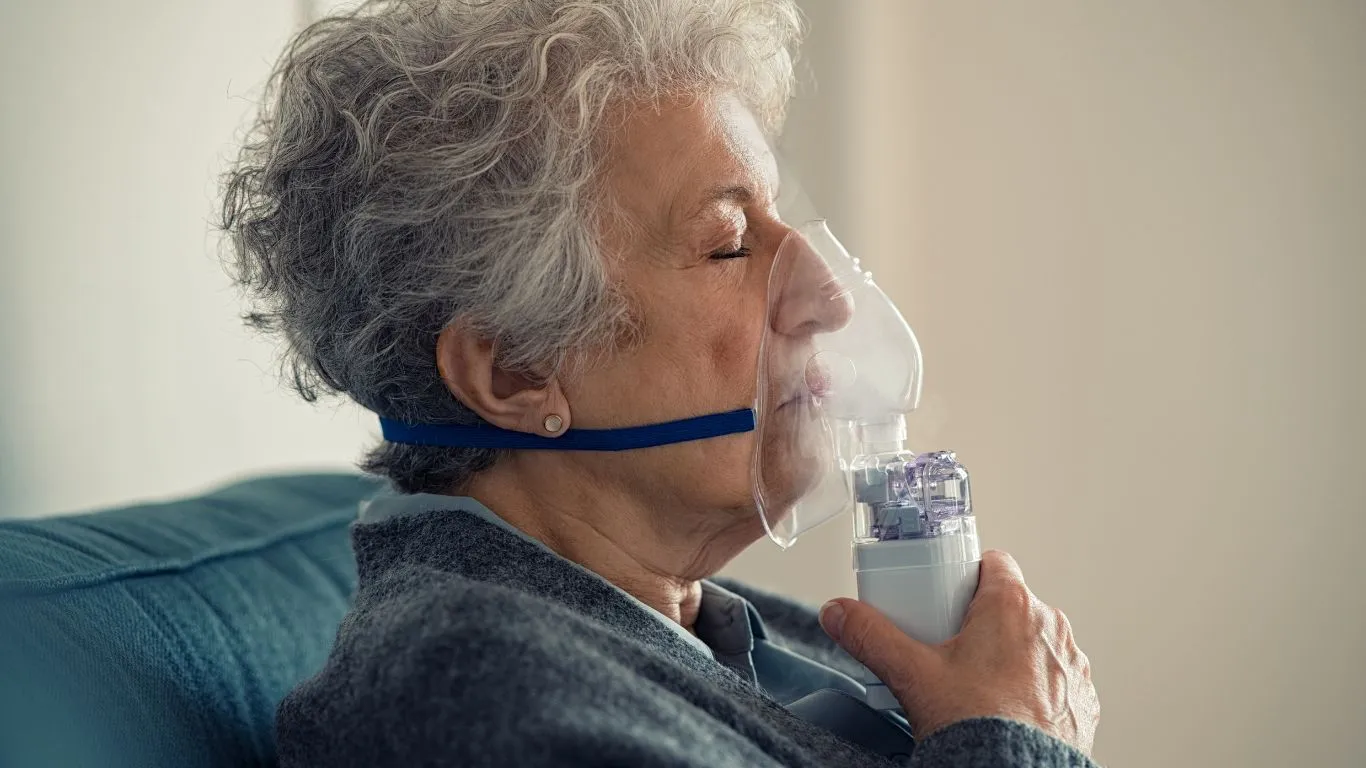Comprehensive Guide to Asthma Treatment: Tips, Options & Latest Research
Asthma is a chronic condition affecting millions worldwide. Understanding its causes and effective treatments can dramatically improve quality of life. In this comprehensive guide, we explore various treatment methods, tips for managing symptoms, and the latest research on asthma care.
Treatment Options for Asthma

There are several approaches to managing asthma, each focusing on reducing symptoms and preventing flare-ups. Medications, lifestyle changes, and environmental adjustments play key roles. The primary categories of treatment include:
- Bronchodilators – Fast-acting relievers
- Inhaled corticosteroids – Long-term symptom control
- Leukotriene modifiers – Oral medications
- Allergy medications – Reducing triggers
Managing Asthma Symptoms at Home

Managing asthma symptoms at home is possible with the right strategies. Regular monitoring of symptoms, avoiding triggers, and staying on top of prescribed treatments can help you feel better. Here are a few tips:
- Track your asthma using a peak flow meter
- Identify and avoid asthma triggers like allergens or smoke
- Maintain a clean home environment to reduce dust and pet dander
- Stay active with regular physical activity as recommended by your doctor
Latest Research on Asthma Treatments

New advancements in asthma treatment are happening all the time. Researchers are studying new drug therapies, better inhalers, and even personalized treatments to help individuals find relief. Some key areas of focus include:
- Targeted biologics – Medications designed to work with specific immune system pathways
- Smart inhalers – Devices with built-in technology to track usage and help improve compliance
- Gene therapy – The potential to treat asthma at a genetic level
Preventing Asthma Attacks: Key Tips

Asthma attacks can be frightening, but with proper preparation, they are often preventable. Understanding the triggers, recognizing the early signs, and knowing how to use your inhaler properly are crucial steps.
- Recognize early symptoms: tight chest, coughing, wheezing
- Use preventive medication as prescribed
- Ensure you have a rescue inhaler on hand at all times

Bianca Nala is a compassionate Nurse Practitioner with a strong background in primary and respiratory care. As a health writer for Healthusias.com, she combines her clinical expertise with a talent for clear, relatable storytelling to help readers better understand their health. Bianca focuses on topics like asthma, COPD, chronic cough, and overall lung health, aiming to simplify complex medical topics without losing accuracy. Whether she’s treating patients or writing articles, Bianca is driven by a single goal: making quality healthcare knowledge accessible to everyone.






